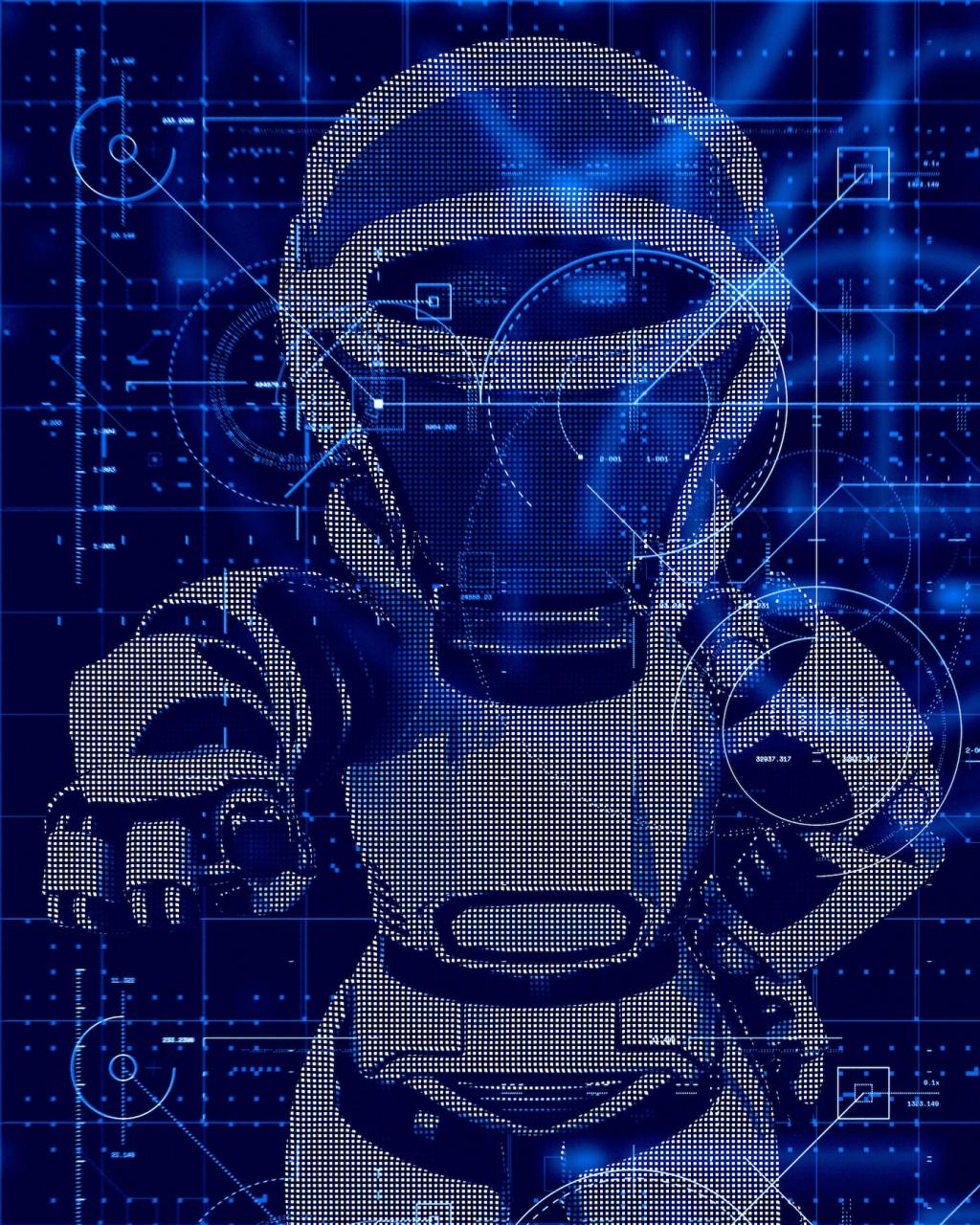The relationship between artificial intelligence and modern design has transformed the creative landscape, merging computational power with human ingenuity. As AI technologies innovate at a rapid pace, they deeply influence trends in digital, industrial, and graphic design. This evolving partnership optimizes creativity, efficiency, and personalization, setting new standards for aesthetics and functionality. By exploring the synergy between AI and design, we can better understand how intelligent systems are reshaping visual communication, user experiences, and the very nature of creative work itself.
The Rise of AI in Creative Processes
Generative design leverages AI to algorithmically explore an array of design possibilities. Using parameters and constraints defined by human designers, AI can rapidly create multiple iterations and solutions, often revealing unexpected or innovative outcomes. This approach dramatically expands the creative sandbox, encouraging experimentation and serendipitous discoveries that might elude a human-centric process. By offloading the heavy computational lifting, designers are free to refine, curate, and guide these results, fostering a dynamic interplay between human intuition and machine precision.

Generating Novel Styles and Effects
AI-powered tools can analyze vast visual datasets, learning core patterns, color schemes, and arrangements before generating new, imaginative styles and effects. These technologies allow creators to experiment beyond traditional limits, producing visuals that range from hyperrealistic to abstract with ease. Advanced neural networks can even simulate famous artistic styles or invent entirely new ones, giving both emerging and established designers the freedom to push their visual storytelling to uncharted heights. The result is a richly diverse aesthetic landscape that challenges and expands visual norms.
Bridging the Gap Between Art and Technology
Modern design balances the emotive power of art with the analytical strength of technology, and AI lies at the heart of this equilibrium. By providing artists and designers with tools that seamlessly blend data-driven insights with creative intuition, AI enables a more holistic approach to design. This symbiotic relationship encourages experimentation, allowing creators to transcend traditional boundaries and explore hybrid visual identities that are both meaningful and innovative. As a result, the lines between technical execution and artistic expression blur, revealing new domains for exploration.
Responsive and Adaptive Design Patterns
AI has made it significantly easier to achieve responsive and adaptive design. Smart algorithms analyze user context—such as device type, location, or behavior—then dynamically adjust layouts, color schemes, and content in real-time. This approach enhances usability and aesthetic coherence across platforms, ensuring that each user’s experience is optimized for their individual circumstances. Designers benefit from these intelligent frameworks, as they can focus more on guiding creative direction while AI manages the nuanced details of adaptation and delivery.
Augmenting Human Creativity
AI’s greatest strength lies in its ability to augment, not overshadow, human creativity. By automating routine tasks and offering algorithmic suggestions, AI allows designers to work more efficiently and inventively. This partnership reduces creative fatigue and opens up mental space for designers to tackle complex challenges, experiment with bold ideas, and refine their visions. When used thoughtfully, AI acts as both a catalyst and collaborator, enhancing creative output while preserving the unique value of human insight and emotion.
New Roles and Skillsets for Designers
As AI becomes increasingly integrated into design workflows, the demand for new skillsets grows. Designers now need to understand not only traditional principles of aesthetics, but also data interpretation, algorithmic thinking, and even basic programming. The modern designer’s toolkit has expanded to include competencies in managing AI systems, curating machine-generated content, and integrating data-driven insights with creative ideation. This shift calls for continuous learning, flexibility, and an openness to new modes of collaboration, ensuring that humans remain at the forefront of design innovation.
Ethical and Responsible Design Practices
The partnership between AI and designers brings with it a responsibility to consider the ethical implications of their creations. Issues such as bias, accessibility, privacy, and transparency become paramount as AI-driven designs increasingly influence daily life. Designers must be vigilant in guiding AI systems towards equitable outcomes, ensuring that machine-driven processes do not perpetuate harmful stereotypes or exclude vulnerable populations. This ethical stewardship requires a combination of empathy, critical thinking, and technical literacy, empowering creatives to use AI responsibly in service of both clients and society.
